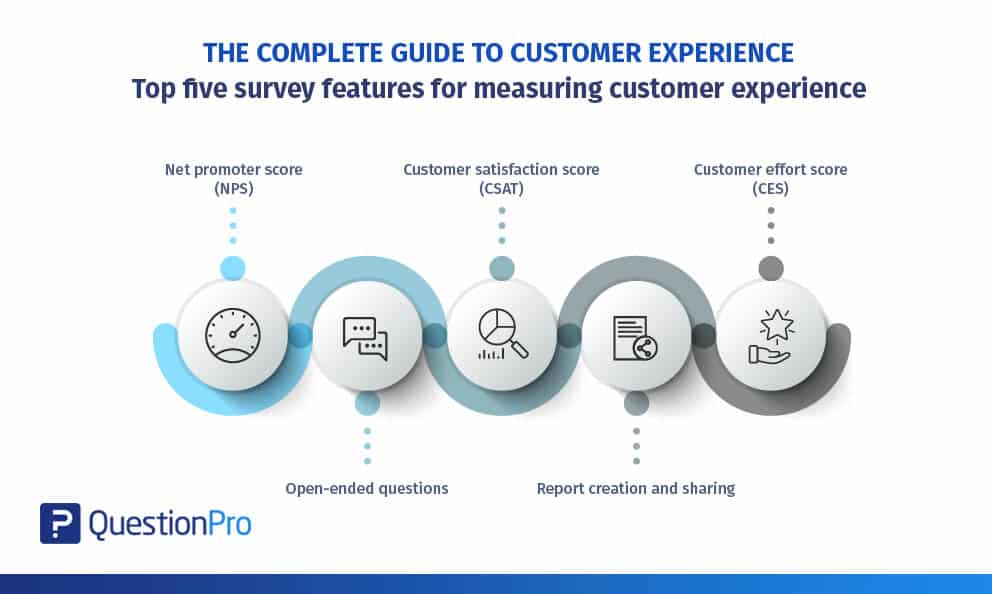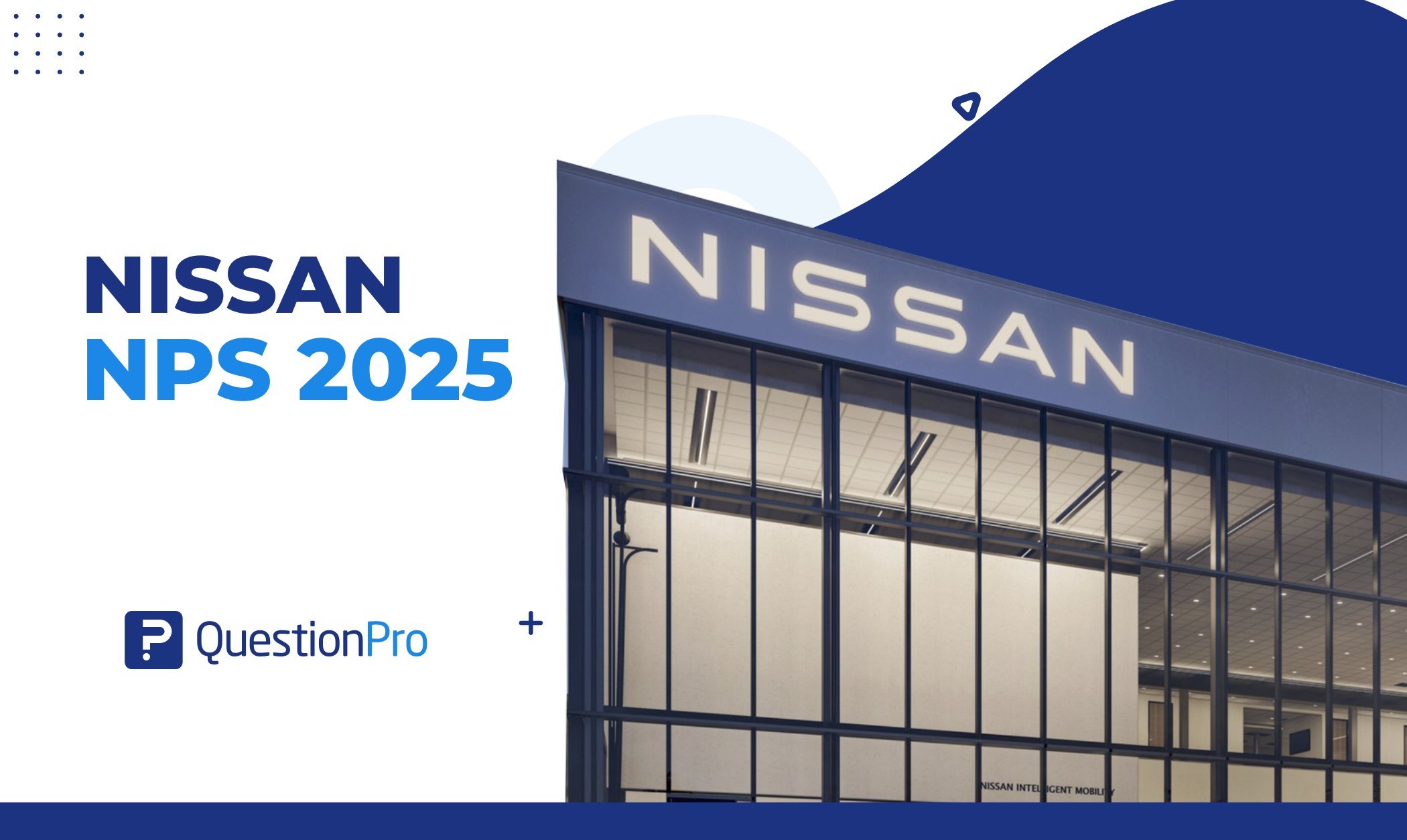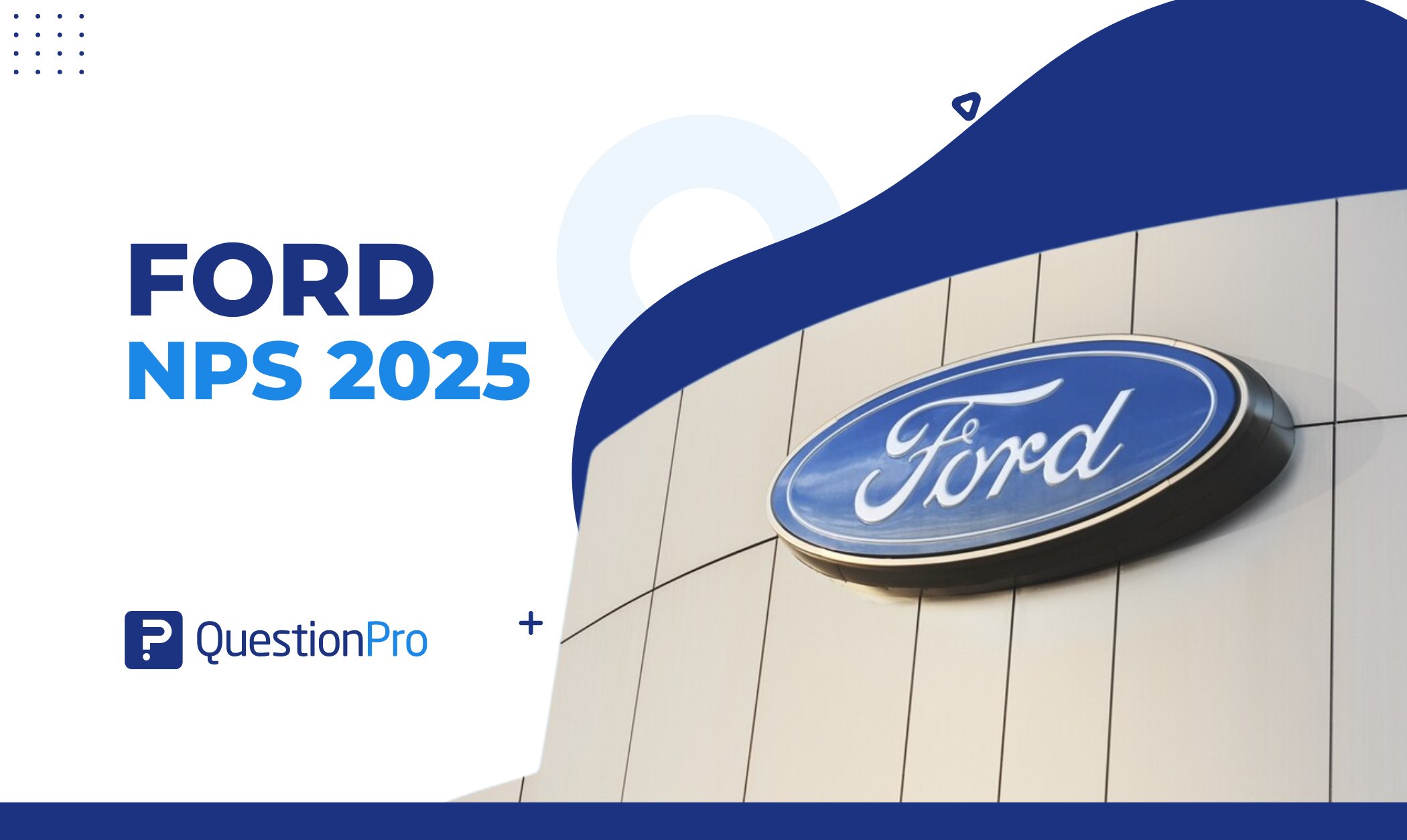
Customer service is one of the most important aspects of your company. Poor service from your employees can drive customers away and lead to poor reviews.
As important as customer service is to a business, there’s a metric that’s equally important: customer experience (CX). The customer experience comprises every interaction a customer has with your brand. Your customers use these interactions to form perceptions and opinions about your products, services, and overall brand.
Measuring customer experience and focusing on improvement is an essential step to increasing brand loyalty and customer retention. Use this guide to customer experience to help you understand it and how you can use customer feedback surveys to create a positive experience for your customers.
What is customer experience?
The customer experience definition is simply what a customer thinks of your brand based on the relationship you have with one another. Each time a customer interacts with your business, they build on their existing opinion.
While customer experience is a straightforward concept, it has complex implications.
Let’s say you have a favorite brand of bread. You enjoy the bread from this brand because the product tastes good, the company is charitable, and the price is affordable. Your customer experience with the brand has been good, leaving you with a positive customer experience.
On the other hand, you may have tried bread from a different brand in the past and did like it as much. You found out this brand has high prices and unethical business practices, and the bread itself doesn’t taste great, either. Thanks to bad customer experience, this brand lost your business, and you’re likely to tell friends and family to avoid it as well.
What is customer experience management?
The process of managing the touchpoints between your brand and your customers is customer experience management (CXM). Good customer experience management personalizes interactions for each audience. Your goal should be to make each of your customers feel important and valued.
Five benefits of positive customer experience
As a business owner, you know it’s vital to increase sales or customer acquisitions. However, when you focus solely on sales metrics and pinpointed data, you risk losing ground in the overall success of your brand measurement.
By focusing on the entire customer experience, you build relationships with customers. This ultimately leads to your goals of increased sales and acquisitions, as well as other benefits.
As you learn how to improve customer experience, remember that a good customer experience usually helps:
1. Increase brand loyalty
High-quality customer experiences lead to a higher level of customer loyalty. Today’s customers have plenty of options, so you have to find a way to make your brand their top choice. Building a positive, trusting relationship with customers keeps them coming back to your brand instead of choosing a competitor.
2. Reduce customer churn
Customer churn happens when an existing customer no longer interacts with your business. This customer has stopped buying your product and has also ended their relationship with your business. A high customer churn rate means you have a lot of customers who stop communicating with your business. As it’s much less expensive and easier to keep existing customers than it is to find new ones, reducing your customer churn is important for your success.
Address the needs and wants of your customers to give them a great customer experience. This will lead to repeat customers.
3. Create brand advocates
Advocates of your brand are part of your loyal customer base. However, brand advocates take brand loyalty to the next level. In addition to purchasing your products or using your services, advocates make a point to tell family, friends, and acquaintances about your business. Word-of-mouth marketing is still one of the most effective strategies out there, so it’s worthwhile to go the extra mile and create a new advocate.
4. Address customer concerns
Your business is going to face bad customer experience feedback at some point. What you do with that feedback is important to the future of your brand. Part of customer experience is dealing with negative feedback after a customer has an interaction that’s below expectations.
When you build relationships with customers, they’re more likely to send concerns directly to you instead of airing them publicly. If a customer has a poor experience and gives you direct feedback, you can use that to improve the experience at the next interaction. Measuring customer experience also lets you anticipate concerns your customers might have so you can address issues before they happen.
5. Streamline market research
Your business naturally gets to know its customers better when you take a customer-focused approach, which means you can meet their needs more effectively. This allows you to spend less time on market research because you already know your customers and how they will likely react to changes.
Measuring customer experience through surveys
Sending surveys to customers is one of the easiest and most efficient ways to monitor customer experience. Customer feedback surveys let you capture a large amount of data without the added cost of running in-person interviews or focus groups.
Reasons you should be measuring customer experience with surveys include:
- Affordable: Online survey platforms make it easy and cost-effective to create and send feedback surveys.
- Easy tracking: You’re able to see who has opened and completed your survey, as well as send reminders to those who haven’t taken it.
- Reach more people: Interviews and focus groups limit the number of customers giving you feedback. Surveys let you reach the majority of your customer base through email surveys, SMS, and surveys embedded on your website.
- Efficient: Creating and sending surveys through an online platform streamlines the process so you can focus on the data you receive.
- Real-time results: See the responses to your survey as your customers complete it. You’ll be able to catch and address concerns right away.
- User-friendly: An online survey platform makes it simple to create a custom customer experience survey and analyze your results.
Top five survey features for measuring customer experience
There are several survey features that are recommended for measuring customer experience. This combination of features will help you build an accurate picture of your customer experience.
Once you know how your customers perceive your brand, you can start building a CXM plan and focus on how to improve customer experience.
1. Net promoter score (NPS)
Net promoter score (NPS) is a single question that helps quantify a customer’s brand loyalty. It also identifies your brand’s advocates. The question asks respondents to rate how likely they are to recommend a brand to friends and family. An NPS survey uses a scale of 0-10, with zero being Very Unlikely to recommend your brand and 10 being Very Likely to recommend your brand.
Customers are categorized depending on their answers. Customers who are likely to recommend your products rated a 9 or 10. These customers are known as Promoters. Those who answered with a 7 or 8 are considered Passive customers. Passive customers usually have a good experience, but not enough to actively promote your business. Finally, scores between 0-6 come from Detractors. Detractors did not have a good experience and, depending on their experience, may recommend that family and friends stay away.
You can customize when you use NPS to maximize its effectiveness. For example, send out an NPS question right after a customer makes a purchase, as it’s a good starting point to help measure brand loyalty and identify your advocates.
2. Customer satisfaction score (CSAT)
The customer satisfaction metric looks at the overall feel a customer has for a brand, product, or service.
Most CSAT questions ask a customer to rate their experience after a specific event, such as a transaction. For example, you own a restaurant and want to know how your waitstaff is performing. You send diners a survey right after their visit and ask them to rate their satisfaction with customer service process.
The answers for a CSAT question range from Extremely Unsatisfied to Extremely Satisfied. This data helps you understand where customers are having the best and worst experiences throughout their journeys.
To continue with the restaurant example, if your CSAT scores dip when customers are asked about their satisfaction with your waitstaff, you can use this information to help build customer service training for your waitstaff.
3. Customer effort score (CES)
Like CSAT, Customer Effort Score (CES) measures the satisfaction of your customers, or more specifically the ease of completing a transaction with your brand. This could include how easy it was to make a purchase, resolve a customer support issue, or even navigate your website.
Generally, the more effort a customer has to make to resolve an issue, the more likely they are to shop somewhere else next time. However, less effort doesn’t always lead to higher loyalty. This means you should strive to make transactions easy for your customers, but you’ll need to go above and beyond to create a customer experience that increases loyalty.
4. Open-ended questions
Adding open-ended questions to your customer experience surveys gives your customers the opportunity to expand on their opinions. Many businesses find that an open-ended question after a customer experience rating helps them pinpoint areas of improvement.
In the restaurant example, you ask customers to rate their experience with the waitstaff. You then ask a follow-up, open-ended question asking them to explain their rating. You learn that many customers feel service was not prompt enough. You can then work with your team to improve efficiency while serving customers.
5. Report creation and sharing
Question types aren’t the only important part of a customer experience survey. You need to be able to analyze the data you collect. Choose a survey platform that offers analytics reporting and the ability to share reports and data. Report sharing allows you to communicate with other decision-makers and team members to showcase the findings of your surveys.
How to improve customer experience
With a better understanding of customer experience, it’s time to look at how to improve customer experience. A great advantage of customer experience is that you often don’t need to invest a lot of money or overhaul your business systems to improve it. You simply need to take a customer-first approach to run your business.
Listen to customers
Surveys help you collect the opinions of your customers, but they won’t help if you don’t listen to what customers are saying. Be sure to collect responses from multiple sources so you get an idea of what your entire audience thinks of your brand. This might include a social media survey as well as an email survey to capture different demographics.
Act on feedback
The results of your surveys will give you an idea of how your customers feel about their interactions with your brand. Use this feedback to improve your processes and customer service to enhance the experience.
You shouldn’t just wait for negative feedback, either. Look for trends in your customer experience responses to help you identify pain points before they become an issue. For example, you notice a lot of customers see your retail store prices as too high. You can provide new products or offer special, limited-time discounts to help retain these customers before they go to a competitor.
Go a step further
Nothing improves customer experience like a business that goes the extra mile. The best part is how much a small gesture can help. Encourage employees to make personal connections with customers and provide a higher level of service than is expected.
Say a customer asks for help finding the dress section at your clothing store. Your employee only needs to point the customer in the right direction to solve their problem. However, they could also lead the customer to the area and help them find a specific style and bolster that customer’s opinion of the store’s staff.
Leverage a powerful CX platform
QuestionPro offers a robust online platform to help you manage customer experience. Take a live tour of the QuestionPro customer experience platform to see how our software can help you increase brand loyalty and keep customers coming back.







